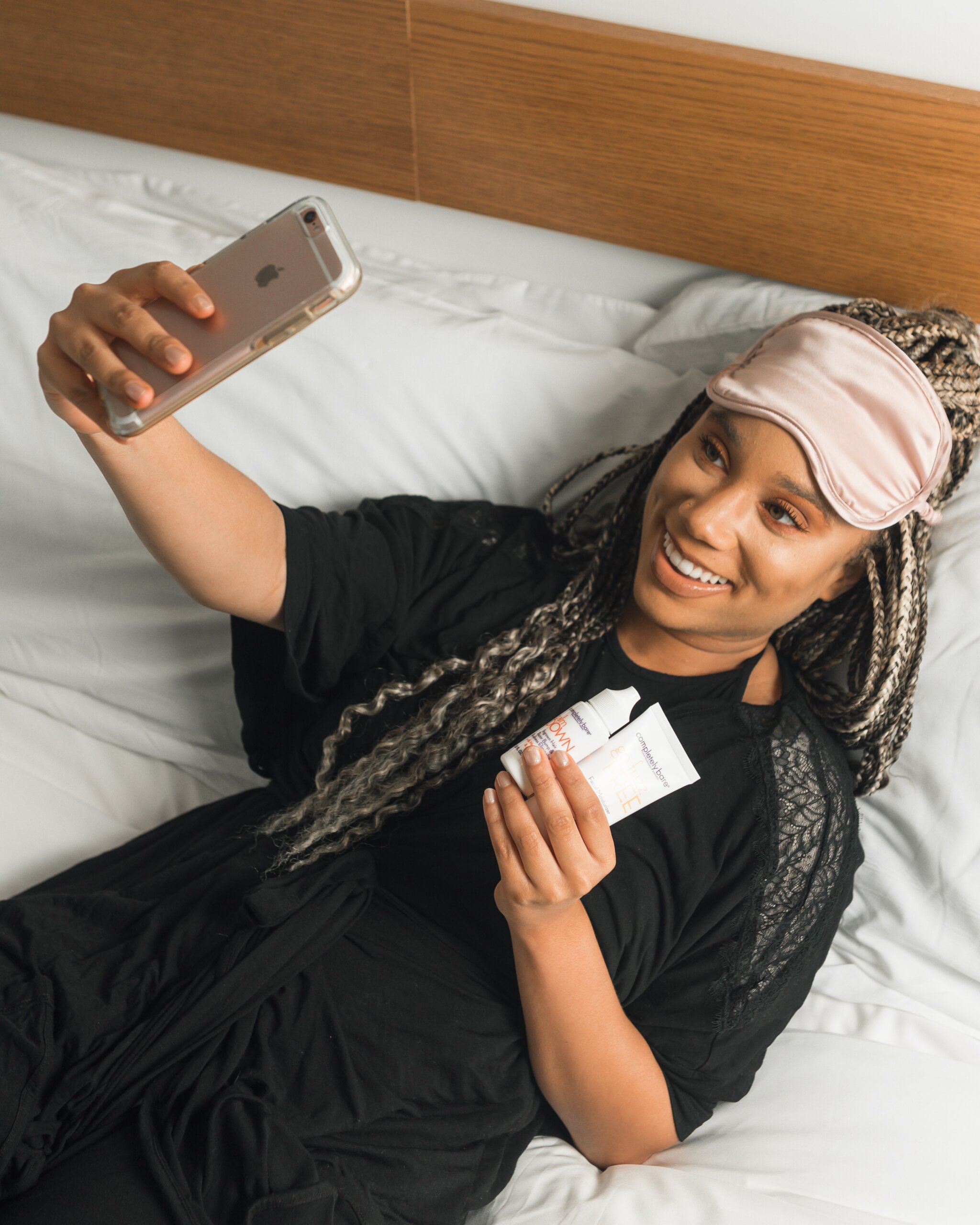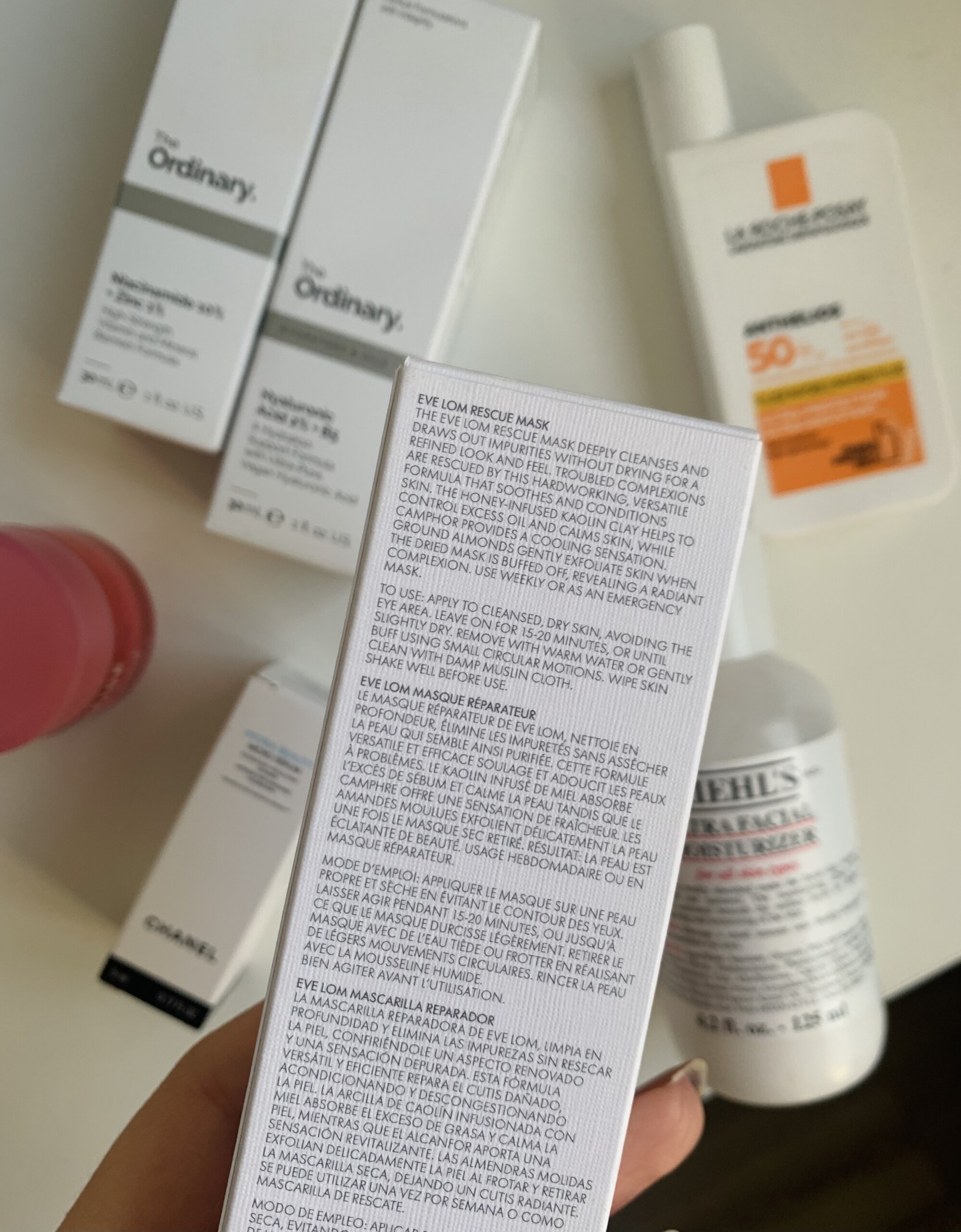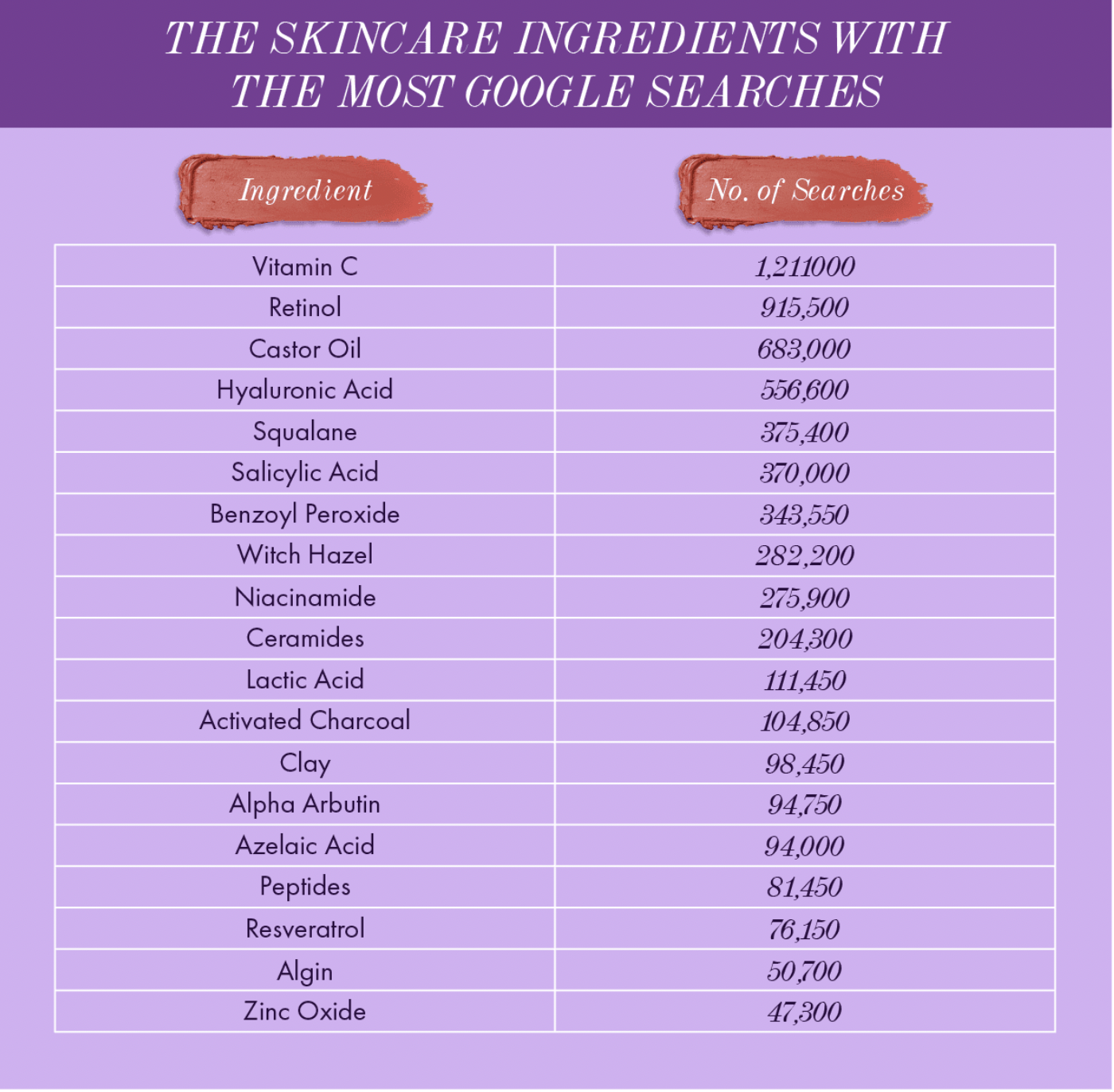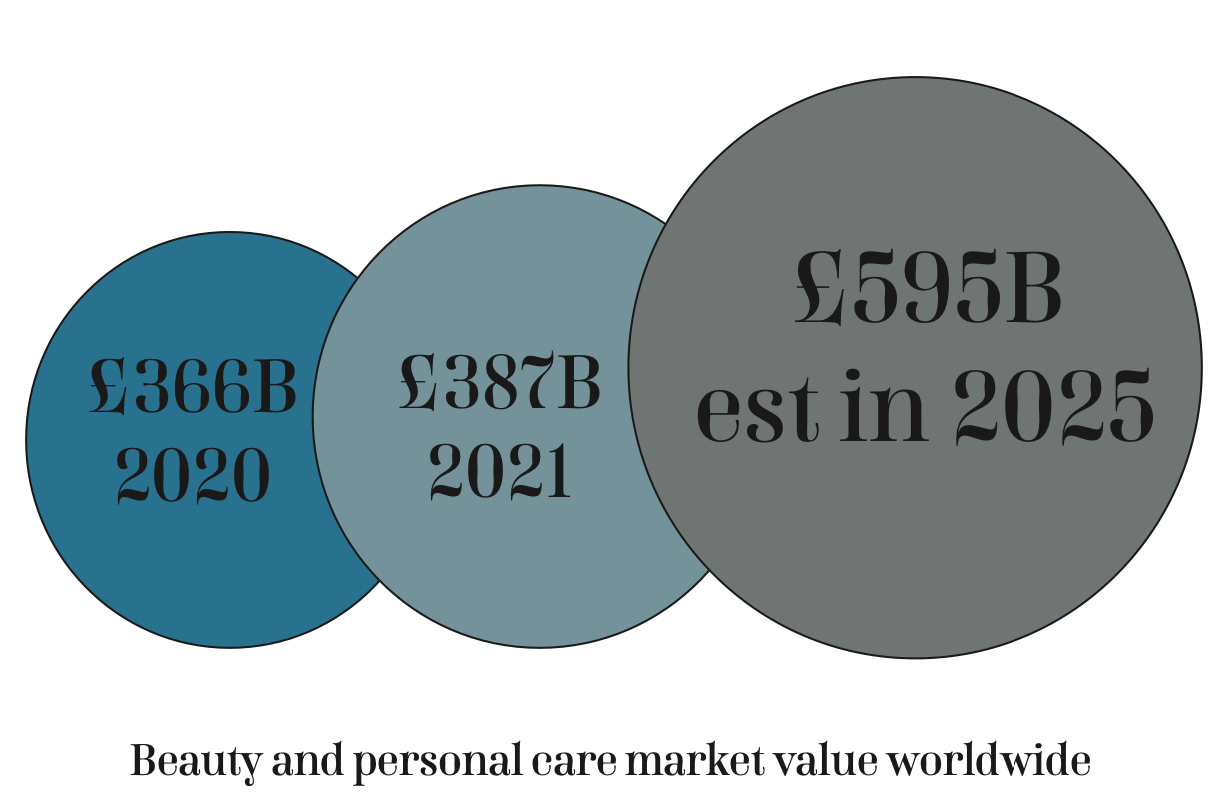The online beauty market in the UK more than doubled in the last six years and our skincare obsession is only getting bigger in the post-pandemic world. Fashion North investigates how social media fuels our skincare buys.
The beauty sector was hit hard by the global Covid-19 crisis with thousands of shops, department stores and salons shut down during lockdown and millions of jobs lost. While make-up sales declined, home working routines made the skincare industry flourish and accelerated people’s interest in taking care of their skin. With the emergence of new skin concerns, such as ‘maskne’, ‘Zoom Face’ and blue light exposure, more people felt the need to invest in skincare and according to Mintel data, the UK women’s skincare category alone grew to hit £1.19B in 2020.
“We witnessed the red lipstick phenomenon,” says Natalie Staub, digital marketing, and social media lecturer at Middlesex University in London. “During times of uncertainty, people turned to self-care and spending more time at home and social media had a huge contributing effect in boosting the market.
“Social media gives us accessibility to products and information that we did not have before. We are looking at people simplifying and wanting to adopt new ways and read more to uncover the truth. People are asking questions and find out what it is that they need, and the customers are now exercising their intelligence and decision making.”

Source: unsplash.com
The pandemic has also uncovered a new generation of customers that no longer shop for a product, but buy into the brand’s story. “Customers need to know what you stand for as a brand and what values you share,” Natalie adds. “Building a brand that can be differentiated from others is now vital because realistically, how many varieties of the same product would you be able to create? This is the reason why we’ve seen new smaller brands that are very savvy and agile and succeeded because they had the ability to adjust themselves extremely easily in their strategy and to respond to market changes a lot faster than bigger companies.”
Dionne Robson, Boots beauty adviser in Sunderland, agrees and says that this is something that did not only happen online. “People are now researching a lot more and if they come in to shop, they tell us about different ingredients,” she says. “The customers are a lot more careful when it comes to choosing a new skincare product and are interested in vegan brands, paraben and gluten-free alternatives and they are also willing to spend more money on skincare.”

Source: Fashion North
 But it’s not only about organic brands that people are looking for, ingredients such as vitamin C, retinol, niacinamide and hyaluronic acid have become the norm thanks to influencers and youtubers around the world and the younger generation love exploring new products. According to Global Cosmetic News, vitamin C, for example witnessed a 204% increase in searches and CultBeauty found that vitamin C, retinol, castor oil and hyaluronic acid were the skincare ingredients with the most Google searches in 2020. From her experience, Dionne noticed a different range of clientele. “I think that older generations would stick to their tried and tested favourites,” she says, “whereas the younger customers are highly influenced by social media and want to know more about percentages and how the products are formulated. They often come in stores with pictures of particular products that they’ve seen online by someone else and that tells us how much power influencers have on social media.”
But it’s not only about organic brands that people are looking for, ingredients such as vitamin C, retinol, niacinamide and hyaluronic acid have become the norm thanks to influencers and youtubers around the world and the younger generation love exploring new products. According to Global Cosmetic News, vitamin C, for example witnessed a 204% increase in searches and CultBeauty found that vitamin C, retinol, castor oil and hyaluronic acid were the skincare ingredients with the most Google searches in 2020. From her experience, Dionne noticed a different range of clientele. “I think that older generations would stick to their tried and tested favourites,” she says, “whereas the younger customers are highly influenced by social media and want to know more about percentages and how the products are formulated. They often come in stores with pictures of particular products that they’ve seen online by someone else and that tells us how much power influencers have on social media.”

Source: cultbeauty.co.uk
Indeed, social media plays a huge part when it comes to driving sales in the beauty sector. One report by Deloitte found that 47% of millennials say their purchase decisions are influenced by social media and that consumers who include social media as part of their shopping process are four times more likely to spend more money. According to the same report, they are also 29% more likely to make a purchase on the same day when using social media.

Source: unsplash.com
Natalie Staub describes a wave of micro, macro and nano influencers that have higher impact in purchase decisions than the brands’ marketing material. She says that: “This happens because of the increased trust and credibility in content creators online, but it is something that has shifted because influencers are heavily monetized. The consumers are bombarded with so much information and in order to make the right decisions, save time and minimize the risk in purchase, they turn to like-minded people on social media and more recently, start looking at nano influencers and simple customers that post reviews online.” Consequently, social media encouraged more electronic shopping and with multiple lockdowns and Covid-19 restrictions, some people relied exclusively on purchases online. “We knew that online shopping would be the future and the pandemic just speeded it up,” Staub adds. “A few years ago, it was very hard to buy products online. But the beauty companies have come up with new ways of creating an enjoyable experience by offering more information, videos, good photography, and introducing online questionnaires that can help and guide customers.”

Source: Fashion North
According to Grand New Research the global beauty and personal care market size is valued at £387B in 2021 and is expected to reach £595B by 2025. In a world that is constantly growing, Dr Maria Elinor Sison, certified dermatologist, thinks that: “You don’t need to buy every single new product on the market.” She emphasises that: “Using the right products for our skin will enable us to preserve our skin barrier and address the skin concerns that we have. Sometimes what we see is that people tend to follow what’s trending online and that’s when they tend to use a lot of skincare and steps that they don’t always need. Therefore, it’s best to consult a board-certified dermatologist for guidance, especially if you feel overwhelmed with all the available products and ask yourself first if you really need that particular product or if you have a similar one already.”
The balance is in mass accountability concludes Staub: “This means that the brands give full transparency when it comes to the ingredients and the products that they offer. On the other hand, the consumers have the responsibility to read and do more research and subsequently, make the purchases that are right for themselves.”
